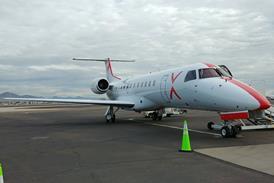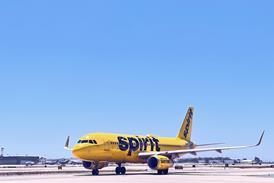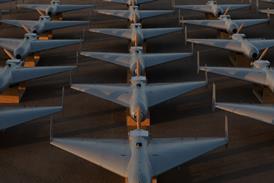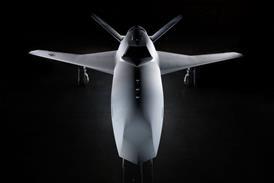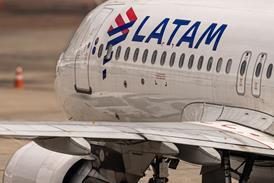CHRISTINA MACKENZIE / MADRID
The European defence industry says it cannot spend any more on research and development (R&D)and that national governments must come up with additional money if Europe is to remain independent from and competitive with the USA.
"The US spends $26,000 in R&D per soldier while in Europe we spend only $4,000 per soldier," says Hans Bühler, president of the Western European Union assembly.
As a result, "European industry spends twice as much as our US counterparts on self-financed R&D," according to Charles Edelstenne, Dassault chairman.
Philippe Camus, chairman of France's aerospace and defence industry association GIFAS and EADS co-chief executive, says that industry is well aware of the areas that need more attention, such as stealth and satellites, "but there isn't the money. We can't do much more than we are already doing."
As "the major industrial groups cannot increase the percentage of their budget on R&D because we are all quoted on the stock markets and our shareholders want high dividends", the only answer, Edelstenne suggests, is that governments must increase their R&D expenditure.
Operations in the Balkans during the 1990s underlined Europe's capability gaps and governments have asked industry for solutions, but "we are not putting our money where our mouth is, we don't spend enough, and there are still too many redundancies and duplications", says Alberto Fernandez, head of EADS military transport division and chairman of Spain's aerospace and defence industry association AFARMADE.
"We cannot wait until we need a system and then complain that there is no European alternative or that the risk of development is too great," says Simon Jewell, BAE Systems future systems managing director.
Fernando Diez Moreno, Spanish deputy defence minister, is calling for R&D budgets in Europe to be harmonised "to avoid duplication", while Giorgio Zappa, president of Italy's Alenia Aeronautica, says that initiatives such as the European Technology Acquisition Programme "could represent a flexible and practical way - and a reference method - to go a step forward in the convergence of European technologies."
Source: Flight International


